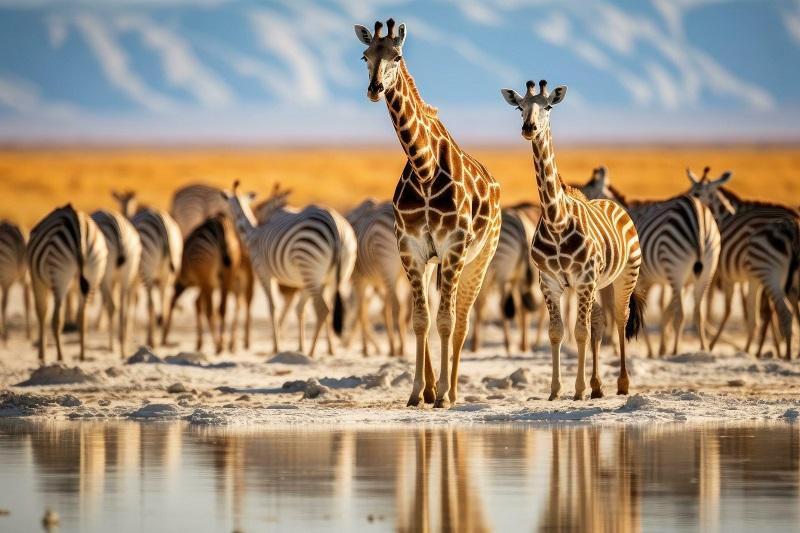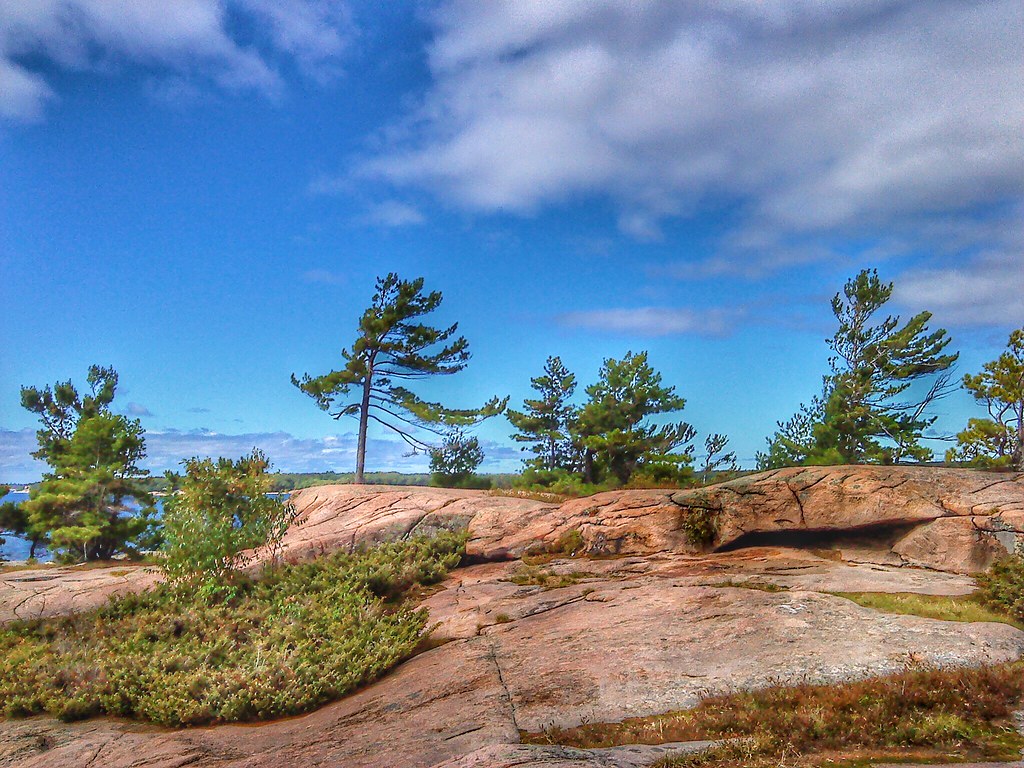Guide to Etosha: The Salt-crusted Desert Safari
Located in northern Namibia, Etosha National Park is one of Africa’s premier wildlife destinations. Spanning over 22,000 square kilometers, the park is dominated by the vast, salt-crusted Etosha Pan, a shimmering, saline desert that fills with water during the rainy season.
Known for its striking landscapes, abundant game, and excellent infrastructure, Etosha offers visitors a unique safari experience. The diverse ecosystems range from savannas to woodlands. This guide will provide comprehensive insights into what makes Etosha National Park a must-visit destination for nature and wildlife enthusiasts.
Overview of Etosha National Park
Etosha National Park is a place of stark contrasts and stunning beauty. The centerpiece of the park is the Etosha Pan, a vast, flat expanse of salt that stretches for about 4,800 square kilometers. During the dry season, the pan is a harsh, arid landscape, but in the wet season, it transforms into a shallow lake, drawing in thousands of flamingos and other waterbirds.
The park’s terrain includes savannas, grasslands, and mopane woodlands, each supporting a distinct array of flora and fauna. Established in 1907, Etosha is one of the oldest and most accessible national parks in Namibia. It offers a well-maintained network of roads and waterholes that provide excellent wildlife viewing opportunities.
Wildlife in Etosha National Park
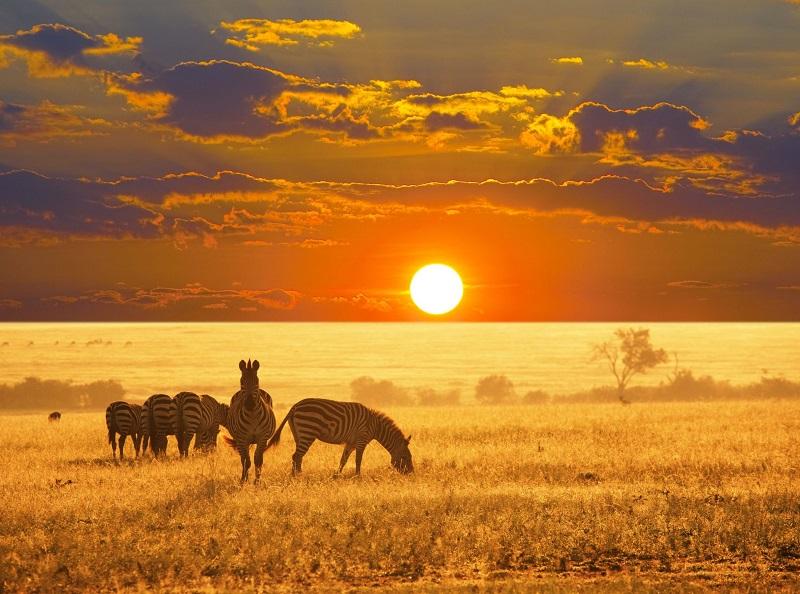
Etosha National Park is renowned for its incredible diversity of wildlife. The park is home to four of the Big Five, including elephants, lions, leopards, and rhinos. The elephants in Etosha are some of the largest in Africa, often seen at the park’s numerous waterholes.
Lions are a common sight, and the park’s prides are known for their impressive size and boldness, often observed hunting around the waterholes. Leopards, though more elusive, are present in the park and are frequently spotted by keen-eyed visitors. Etosha is particularly noted for its healthy population of black and white rhinos, making it one of the best places in Africa to see these endangered creatures.
In addition to the Big Five, Etosha is a sanctuary for a wide range of other mammals. The park is home to large herds of plains game, including zebras, giraffes, and various species of antelope such as springbok, gemsbok, and kudu. The striking oryx, with its long, straight horns and distinctive markings, is a common sight in the park’s arid landscapes.
Etosha is also a birdwatcher’s paradise, with over 340 bird species recorded in the park. The Etosha Pan, when flooded, attracts thousands of flamingos, creating a stunning visual spectacle. The park’s varied habitats support a diverse avian population, including raptors like the martial eagle, as well as a range of ground-dwelling species such as ostriches and the endemic Burchell’s courser. The park’s waterholes and woodland areas are prime spots for birdwatching, offering sightings of colorful bee-eaters, hornbills, and weavers.
The Best Time to Visit Etosha National Park
The best time for wildlife viewing is during the dry season, from May to October. During these months, the vegetation is sparse, and animals are drawn to the park’s numerous waterholes, making them easier to spot. The dry season also coincides with cooler temperatures, providing more comfortable conditions for game drives.
The Etosha Pan itself is typically dry during this time, creating a vast, white expanse that contrasts beautifully with the surrounding bush. The wet season, from November to April, transforms the landscape with lush, green vegetation and the occasional filling of the Etosha Pan. This season is excellent for birdwatching, as migratory species arrive in large numbers, and the park’s flora is at its most vibrant.
However, wildlife can be more dispersed due to the abundance of water, making game viewing less predictable. Nonetheless, the wet season offers a quieter and less crowded experience, with the added benefit of witnessing newborn animals and the blooming of wildflowers.
Getting to Etosha National Park from Windhoek
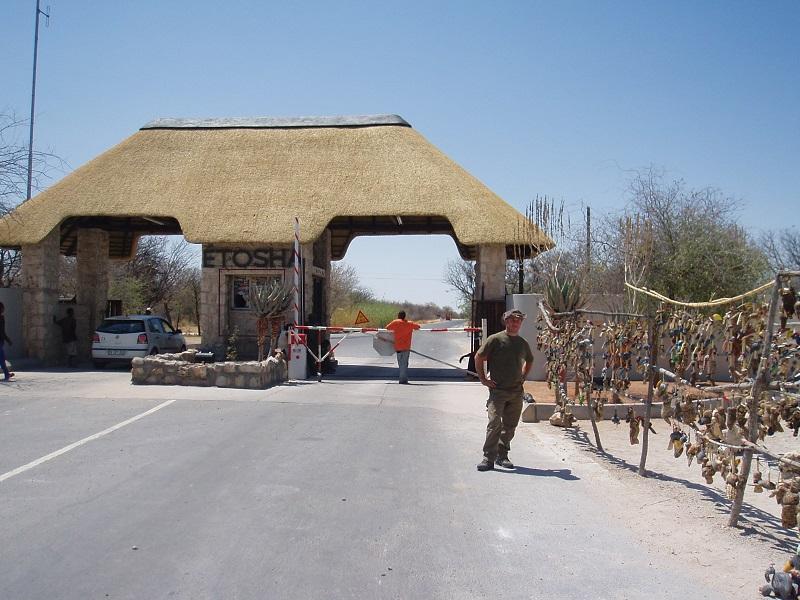
Etosha National Park is approximately 400 kilometers north of Windhoek, Namibia’s capital. The journey by road typically takes about 5 to 6 hours, depending on the route and traffic conditions. The most common route is via the B1 highway, which is a well-maintained road that leads directly to the park’s southern entrance at the Andersson Gate.
There are several fuel stations and rest stops along the way, making it a convenient and comfortable drive. For those who prefer to fly, there are charter flights available from Windhoek to the airstrips near the park, such as the Ondangwa or Mokuti airstrip. These flights offer a quick and scenic way to reach Etosha, reducing travel time to just over an hour. From the airstrip, visitors can arrange transfers to their lodges or camps within the park.
Other Activities in Etosha National Park
In addition to traditional game drives, Etosha National Park offers a range of activities to enhance the safari experience. One of the most popular activities is night game drives, which are conducted by professional guides and provide a unique opportunity to observe nocturnal animals, including leopards, hyenas, and various small predators. These night drives also offer the chance to see some of the park’s less visible nocturnal species, such as aardvarks and bat-eared foxes.
Etosha’s waterholes are another highlight, providing exceptional game-viewing and birdwatching opportunities. Many of the park’s rest camps have floodlit waterholes, allowing visitors to observe wildlife interactions even after dark. The Okaukuejo, Halali, and Namutoni camps are particularly known for their productive waterholes, where a wide variety of animals come to drink, especially during the dry season.
For those interested in photography, Etosha offers stunning landscapes and abundant wildlife, making it a paradise for photographers. The park’s varied light conditions and dramatic scenery provide ample opportunities for capturing breathtaking images. Additionally, the park offers guided walks and cultural tours that introduce visitors to the region’s history and the local communities’ traditional lifestyles.
Park Fees for Etosha National Park
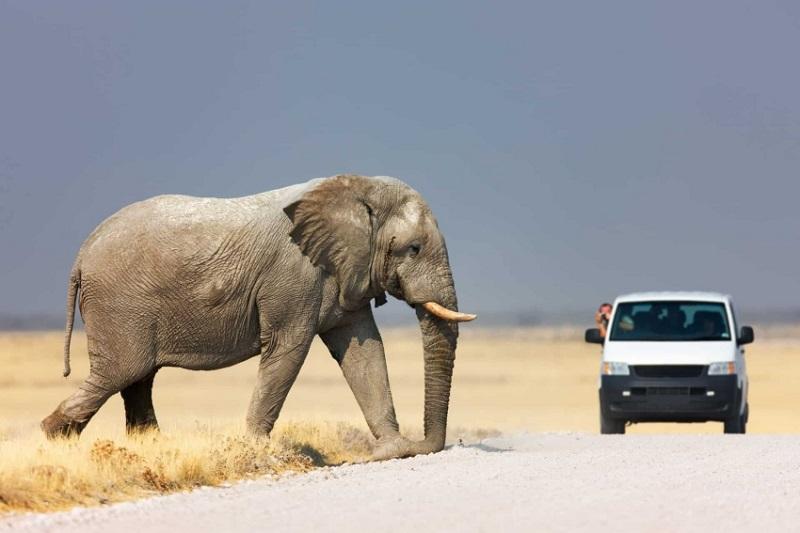
As of 2024, the park fees for Etosha National Park are as follows:
- Park Entrance Fee: NAD 150 per adult per day for foreign non-residents, NAD 100 per adult per day for SADC (Southern African Development Community) residents, and NAD 50 per adult per day for Namibian citizens. Children under 16 years old are free.
These fees are subject to change, so it is advisable to check with Namibia Wildlife Resorts (NWR) or your tour operator for the most up-to-date information. The entrance fee contributes to the conservation and maintenance of the park’s natural resources.
FAQs: Touring Etosha National Park
Do I Need a Car to Tour the Park?
Yes, having a car is essential for touring Etosha National Park, as the park covers a vast area and is best explored by vehicle. Visitors can either rent a 4×4 vehicle for self-driving or join guided safari tours offered by various lodges and camps. The park’s network of well-maintained gravel roads and clearly marked waterholes makes self-driving a popular option.
Are Unguided Walks Allowed in the Park?
No, unguided walks are not allowed in Etosha National Park for safety reasons. The park is home to dangerous wildlife, including large predators and elephants. All walking activities must be conducted with professional guides who are knowledgeable about the park’s wildlife and can ensure the safety of visitors.
How Much is a Game Drive in the Park?
The cost of a game drive in Etosha National Park varies depending on the type of tour and accommodation. Shared game drives offered by lodges typically range from NAD 500 to NAD 1,200 per person for a half-day drive. Private game drives can be more expensive, depending on the level of exclusivity and the duration of the safari. Many lodges and camps offer all-inclusive packages that include game drives, meals, and accommodations, providing good value for money.
Conclusion
Etosha National Park is a destination of extraordinary natural beauty and biodiversity. With its unique landscapes, rich wildlife, and excellent safari infrastructure, the park offers an unforgettable experience for visitors. Etosha provides a variety of opportunities for adventure and discovery.
